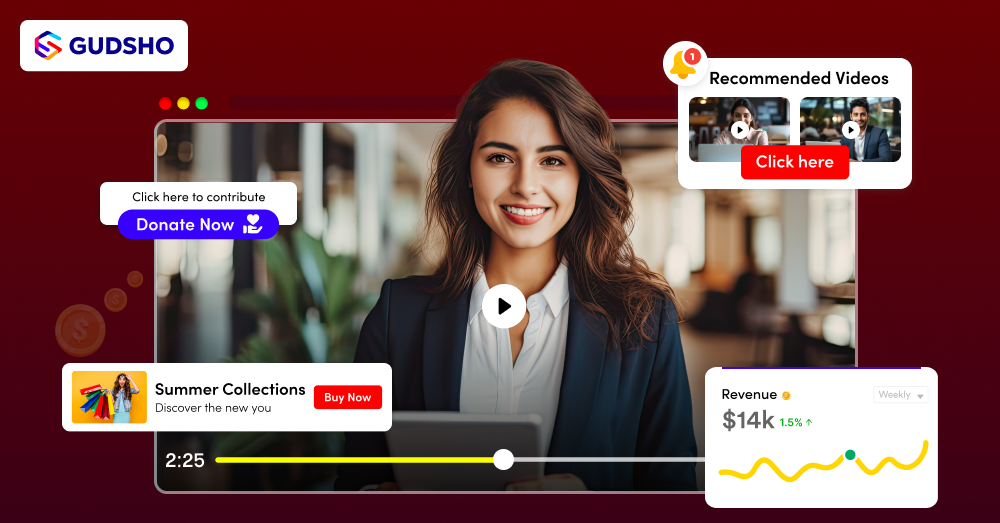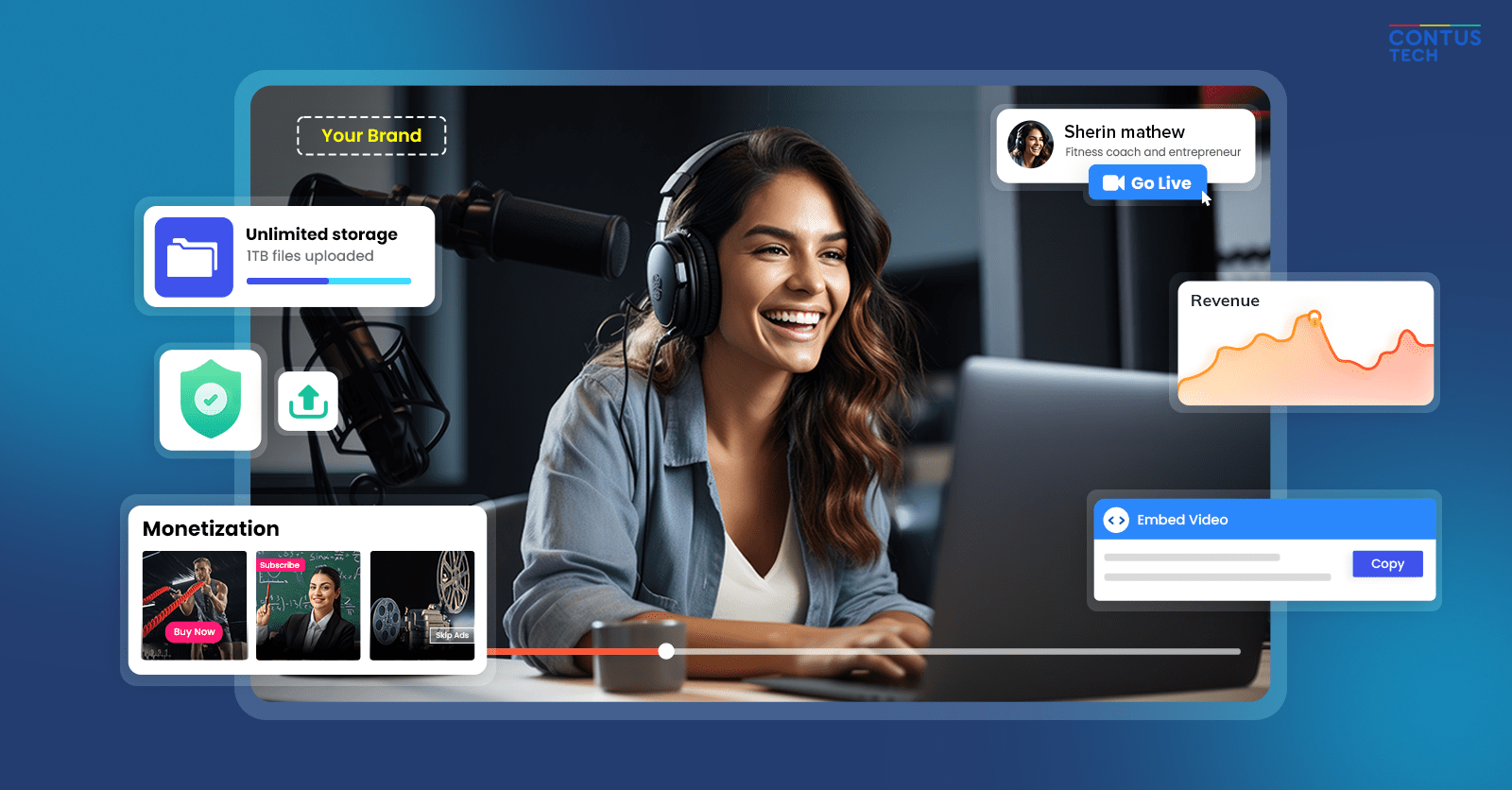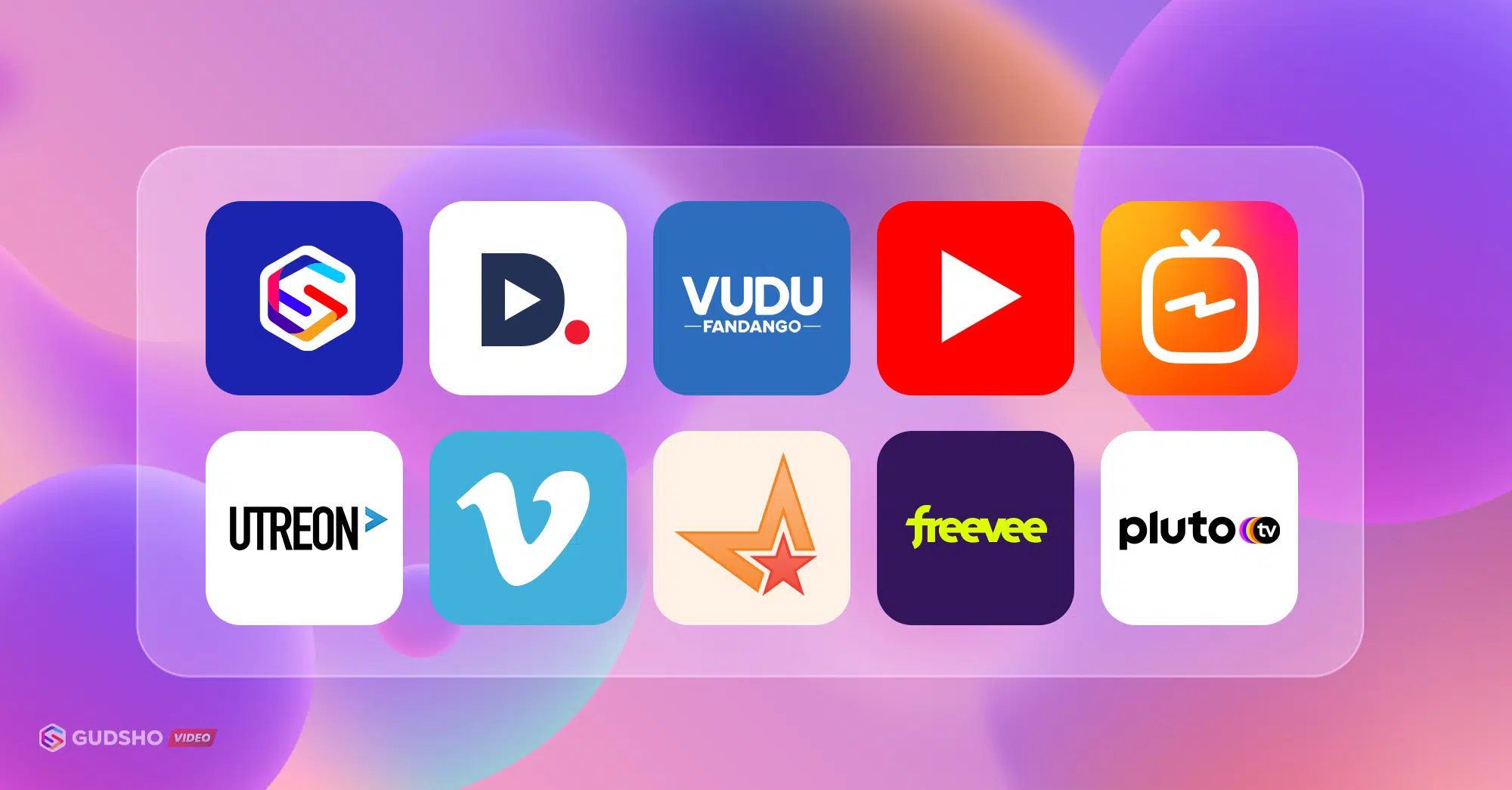How to Create an Online Video Courses [+6 Platforms to Sell]
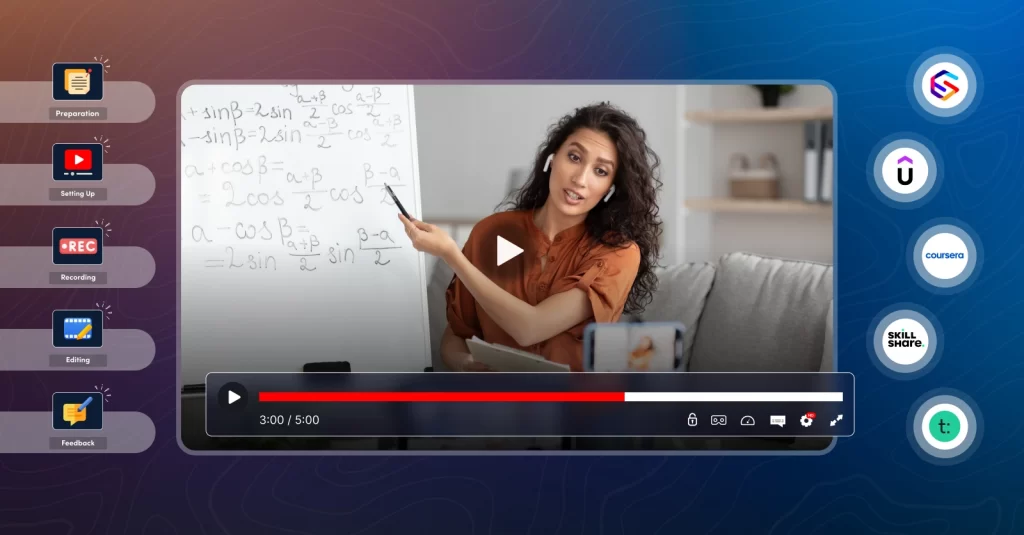
With the events of recent years, education escaped from ordinary classrooms, paving the way for online courses as a lucrative avenue for sharing knowledge and expertise. These virtual classes have become a mainstream in the ed-tech industry, offering limitless opportunities for educators and entrepreneurs to monetize their skills. But how does one tap into this potential goldmine?
The answer lies in the creation of engaging, informative online video courses. This article aims to guide you through the journey of creating a successful online course. Right from conceptualization to earning revenue, with a focus on using the right tools, such as a video editing software or a screen recorder, to enhance your content.
Table of Contents
The Crucial Elements of Online Courses
Before learning how to make an online course, it’s essential to understand what makes an online course successful. At its core, an online course should deliver valuable knowledge in a clear and innovative manner. This involves a blend of comprehensive content, interactive elements, and professional presentation. The course should cater to its target audience, whether they seek professional advancement, skill development, or personal enrichment.
Remember, the quality of your content and its delivery can set your course apart in a crowded marketplace. Whether you’re aiming to live-stream your online course, create a video tutorial, or delve into writing educational articles, the key lies in understanding the needs of your learners and delivering content that educates, inspires, and provides feedback where possible.
How to Make an Online Course
After discovering the crucial elements of successful online courses, let’s delve into the process of creating one. This journey begins with comprehensive market research and ends with a well-packaged, priced product ready for the market.
Market Research: Firstly, understand the needs and interests of your target audience, then identify gaps in the existing market where your expertise can fill a void. Analyze your competitors to gauge what works and what doesn’t. Use online tools to make traffic estimates and make regular in-depth competition research on various course platforms.
Planning Your Course: Once you’ve honed in on your topic, outline your course. Decide on the modules, lessons, and key takeaways. This stage is crucial for structuring your course coherently. To find tools that help you organize your findings and materials, a sound idea is to create a file and start uploading your information there.
Creating Content: Develop your course material and work on delivering value in every lesson for your audience. This can range from written content, interactive quizzes, to video lessons. Utilize a video creator tool to expedite the process of producing videos efficiently. Note that different people are different types of learners, keep this in mind when presenting complex information.
Recording Video Content: Videos are a vital part of online courses. Use software that best satisfies your needs. There are countless tools for recording lectures, webinars, or tutorials that offer a more professional touch and allow for multiple inputs. Video editing software full of features is another field to explore and ensure your online video courses are high-quality and engaging.
Packaging and Pricing: Design your course packaging and decide on a pricing strategy. This includes creating compelling course descriptions and deciding whether to offer bundles, discounts, or choosing between a subscription model and video paywall solutions. This plays multiple roles, it gives more confidence for first-time clients and establishes long-term relationships.
Step-by-Step Recording of a Video for an Online Course
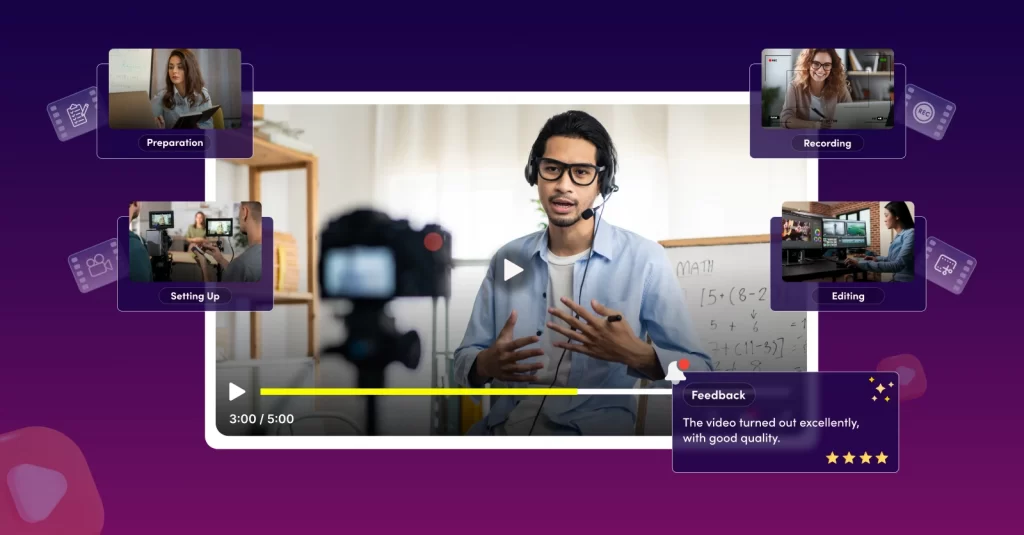
Step 1 — Preparation
Before you hit the record button, it’s crucial to prepare. This involves scripting and storyboarding your videos, using graphic design software. This ensures you cover all necessary points while maintaining a natural flow. Rehearsing your presentation can significantly enhance your confidence and delivery.
Step 2 — Setting Up
The quality of your video course is paramount. Pick a quiet location with good lighting to ensure visual clarity. Your camera and microphone quality can make or break your video, so invest in good equipment if possible.
Step 3 — Recording
When recording, speak clearly and maintain a friendly, engaging tone. Remember, the way you present information can be as important as the information itself. Use visual aids or screen sharing when necessary to enhance understanding.
Step 4 — Editing
This is where tools like video editing software for Mac come into play. Editing is not just about cutting unwanted parts; it’s about enhancing the viewer’s experience. Add intros, outros, graphics, and captions to make your video course more professional and accessible.
Step 5 — Feedback and Improvement
After your initial recording, get feedback from a trusted source. This can provide insights into areas for improvement, be it in clarity, engagement, or technical aspects like audio and video quality.
Platforms for Monetizing Online Courses 💰
At this point, you have learned the basics of how to make an online course. The next pivotal step is choosing the right platform to host and monetize it. The number of YouTube alternatives for course creators grew significantly.
Today, these platforms offer unique features and cater to different audiences, making the choice critical to your course’s success. Another crucial point is revenue models, pay attention to it to guarantee financial success of your project. Here’s a look at some popular platforms where you can easily monetize your online courses:
1️⃣ GUDSHO
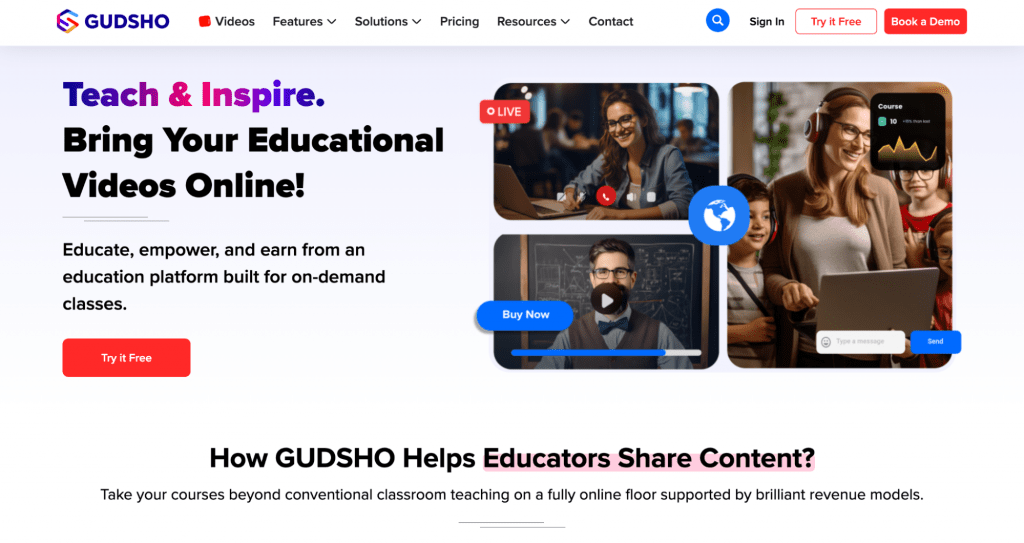
GUDSHO is a universal platform for educators to create, market, and sell online courses. It offers various monetization options like subscriptions and pay-per-view, high-quality video delivery, robust security, and effective marketing tools. With features for student management and advanced analytics, it’s ideal for those who value a dynamic, engaging learning environment and want control over course content and student data.
2️⃣ Udemy

A leader in the online course market, Udemy boasts a vast, diverse audience, making it an excellent platform for guides of all niches. With its user-friendly interface, it allows creators to upload courses easily and set their prices. Udemy also provides extensive marketing support, though it’s worth noting they take a significant share of the course revenue.
3️⃣ Coursera
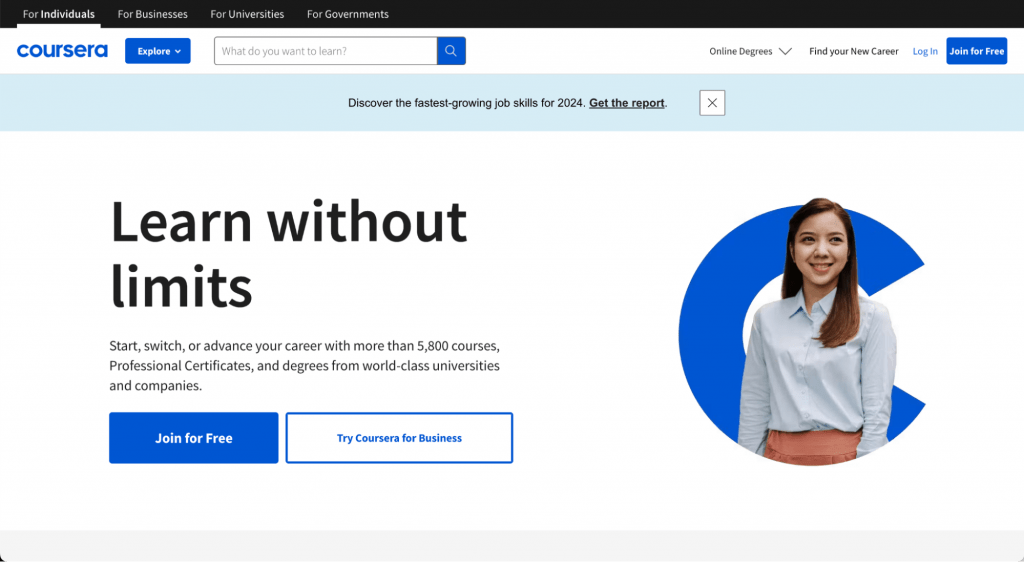
Renowned for its partnerships with top universities and organizations, Coursera offers a more academic-focused audience. It’s ideal for educators who want to offer more structured, often longer courses. The platform operates on a subscription model, providing a steady income stream for popular courses.
4️⃣ Skillshare
Focusing on creative, business, and technology classes, Skillshare is the best for practical, skill-based learning. Instructors earn money based on the number of minutes watched in their classes, encouraging the creation of engaging, high-quality content. Skillshare’s community-driven environment also fosters interaction and collaboration among students and instructors.
5️⃣ Teachable

Ideal for entrepreneurs and experts aiming to create a comprehensive online learning business, Teachable offers great customization and branding options. It allows creators to build their own course website and have more control over pricing and data. The platform takes a transactional fee, but instructors keep most of the revenue.
6️⃣ Thinkific
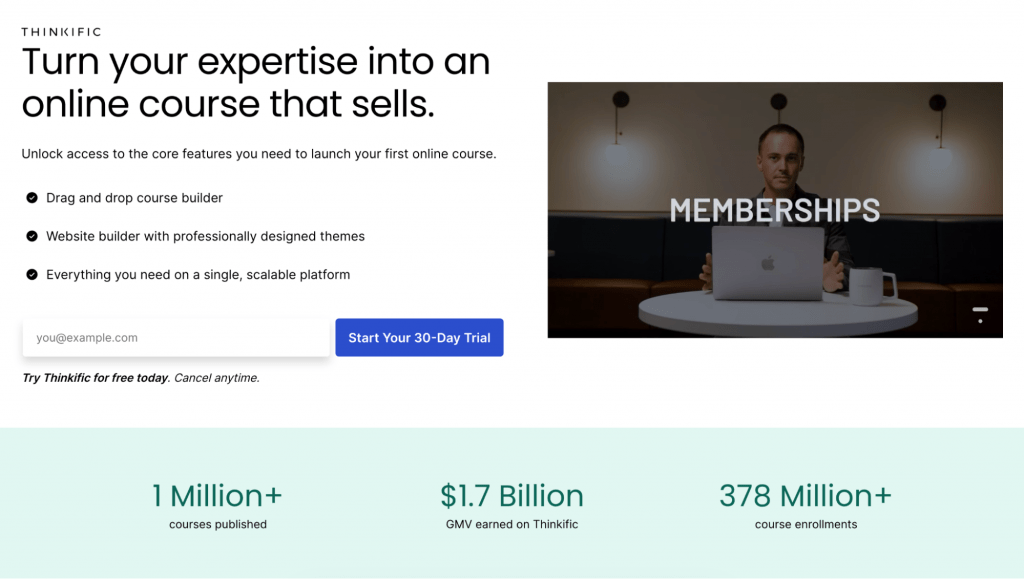
Similar to Teachable, Thinkific provides instructors with tools to create, market, and sell their courses under their brand. It stands out with its user-friendly course creation tools and excellent customer support. Thinkific is a great choice for those who prioritize control over their course content and student data.
Each of these platforms has its unique features, advantages, and audience types. Your choice should depend on your course’s subject, your teaching style, and how you wish to engage with your students.
📢Promoting Your Online Course
Promotion is key to attracting students to your course. Utilize various channels like social media, content marketing, email campaigns, and partnerships to increase visibility. Creating valuable content related to your course topic can establish your authority and pique interest.
Effective promotion involves understanding where your potential students spend their time and tailoring your message to relate to them. Remember, the goal is not just to inform, but also to inspire students to take action themselves.
Conclusion
Creating and monetizing online video courses can be a fulfilling and profitable venture. The journey involves understanding your audience, creating compelling and educational content, recording and editing high-quality videos, choosing the right platform to monetize your courses, and effectively promoting your work. Keep learning, adapting, and growing with your audience, and your online course will undoubtedly be a success.
Whether your focus is on how to create videos for online courses, recording professional classes, or promoting learning and education, the key is in delivering lessons that are not just informative but transformative. Your dedication and passion for teaching can pave the way for not just financial rewards, but also immense satisfaction in contributing to the world of online education.
Are you ready to sell your Online Video Courses with 5+ Monetization Models?
GUDSHO is the perfect place!

